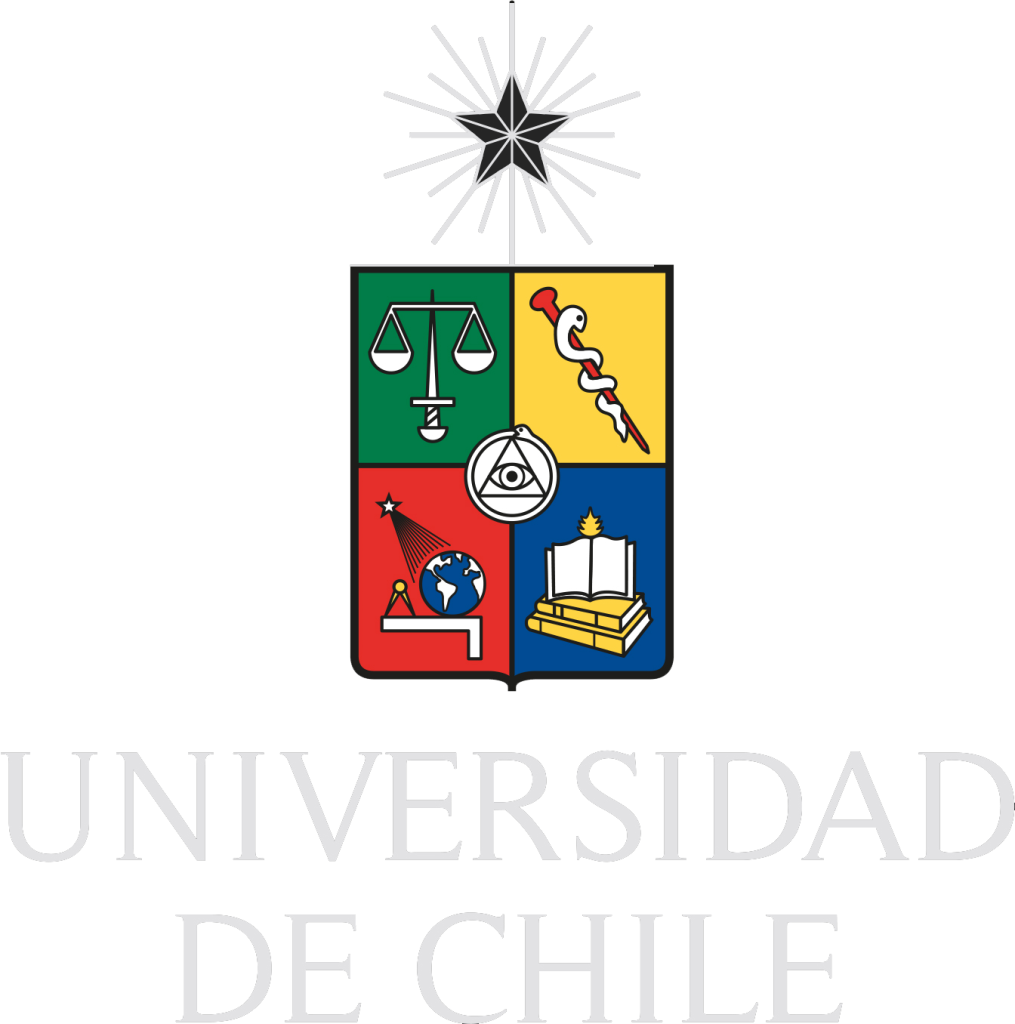Líneas de Investigación – Dr. Pablo González

Dr. Pablo González
Investigador Principal Pontificia Universidad Católica.
Cada día estamos expuestos a virus que pueden afectar seriamente nuestra salud. Debido a la diversidad y características de los virus, estos microbios son difíciles de tratar y a menudo deben ser controlados por el sistema inmune, extendiendo el tiempo de recuperación. Mientras que un importante número de virus infectan al hospedero de manera aguda (infección temporal), algunos virus infectan al hospedero de manera crónica, persistiendo en el individuo por el resto de su vida.
El interés principal de mi laboratorio de investigación es identificar, caracterizar y contrarrestar la acción de moléculas que permiten a algunos virus infectar de manera persistente al hospedero. Estamos particularmente interesados en el estudio de virus de la familia herpes, principalmente aquellos que afectan piel, mucosas y cerebro, como los virus herpes simple de tipo 1 y 2 (HSV-1 y HSV-2. Estos virus persisten en el hospedero en un estado de latencia, caracterizado por reactivaciones sintomáticas (lesiones cutáneas, daño ocular, encefalitis) o asintomáticas (sin lesiones, lo que ocurren en la mayoría de las personas). Importante, ambos tipos de infección están asociadas a su diseminación. Actualmente, HSV-1 dos tercios de la población mundial y HSV-2 10%, no existen una vacunas para prevenir la infección por estos virus y las terapias disponibles pueden ser poco efectivas para algunos síntomas como infección cutánea.
Las líneas centrales de investigación de mi laboratorio son:
A. Identificación y caracterización de factores del hospedero involucrados en la replicación viral, modulación de la respuesta antiviral cellular y modulación de la respuesta antiviral innata y adaptative.
B. Identificación y caracterización de nuevos compuestos antivirales contra virus herpes desde extractos naturales o segundo uso de drogas.
C. Determinación del rol de procesos metabólicos celulares en los ciclos replicativo de HSV-1 y HSV-2, y en procesos infamatorios.
D. Estudio del efecto de infección asintomática y latente de HSV en el sistema nervioso central en senescencia sobre la susceptibilidad de enfermedad y severidad de patologías inflamatorias y autoinmunes.
Los virus pertenecientes a la familia Herpesviridae, tales como herpes simple tipo 1 y 2 (HSV-1, HSV-2), virus varicela zoster (VZV, HHV-3), virus Epstein Bar (EBV, HHV-4), cytomegalovirus (CMV, HHV-5) y el virus de sarcoma de Kaposi (KSV, HHV-8) tienen la capacidad de infectar al hospedero de manera persistente, manteniéndose en un estado de latencia que puede resultar en reactivaciones esporádicas y enfermedad. La capacidad de estos virus de co-existir con el hospedero implica la evolución de mecanismos de evasión de la respuesta inmune por parte de estos microbios y el desarrollo de capacidades que les permiten persistir de manera permanente en el individuo.
Los virus herpes simple (HSV-1 y HSV-2) infectan a un gran porcentaje de la población y su incidencia se ha visto particularmente incrementada en las últimas décadas en países desarrollados. En EE.UU., la prevalencia de estos virus en la población se estima en 60% para HSV-1 y 20% para HSV-2. En algunas regiones de África, HSV-2 alcanza prevalencias de hasta 70%. Luego de un episodio primario de infección, HSV se resguarda de manera latente en células neuronales del hospedero para reactivarse posteriormente en condiciones de inmunodepresión, inmunosupresión y estímulos como sobreexposición a luz de alta energía (ultravioleta), entre otros. Actualmente, HSV es la primera causa de ceguera de origen infeccioso y puede producir encefalitis con secuelas en adultos y con alta mortalidad en neonatos. Sin embargo, los síntomas clínicos más comunes producidos por HSV son úlceras en las mucosas y piel. Sorprendentemente, la mayoría de las recurrencias por HSV suelen ser asintomáticas, promoviendo la diseminación silenciosa del virus en la población.
Los virus herpes simplex poseen genomas grandes de alrededor 150.000 bp (>80 genes) que codifican un gran número de factores de virulencia para evadir la respuesta antiviral del hospedero. Estos determinantes virales permiten al virus escaper la función del sistema inmune, contrarrestando, entre otros la acción del complemento, la presentación de antígenos por células presentadoras profesionales de antígeno, la efectividad de anticuerpos, e interfiriendo con la activación y reconocimiento de células infectadas por células T.
Si bien el tratamiento con acyclovir (análogo nucleótido) reduce la patología producida por HSV y las probabilidades de muerte causadas por estos virus, así como, la transmisión de estos virus desde individuos afectados hacia individuos sanos, este fármaco y similares no erradican por completo el virus del hospedero. Además, no son totalmente efectivas para tratar algunas manifestaciones clínicas producidas por HSV, como lesiones cutáneas. Por ello, es importante desarrollar estrategias que prevengan la infección con este virus, o bien promuevan la eliminación eficiente del patógeno una vez que la infección ya ha ocurrido.
Cabe destacar que fases clínicas 3 desarrolladas hace casi una década y orientadas al desarrollo de vacunas contra HSV basadas en subunidades proteicas y adyuvantes, obtuvieron resultados insatisfactorios. Si bien estas formulaciones promovieron el desarrollo de anticuerpos neutralizantes contra el virus (in vitro) en los individuos vacunados, la efectividad de la vacuna no fue significativa. Estos resultados desalentadores evidencian la complejidad de la infección por HSV, así como la necesidad de desarrollar nuevas alternativas para prevenirlos. Por ello, estamos interesados también en explorar nuevas estrategias orientadas a la prevención de la infección producida por HSV.






